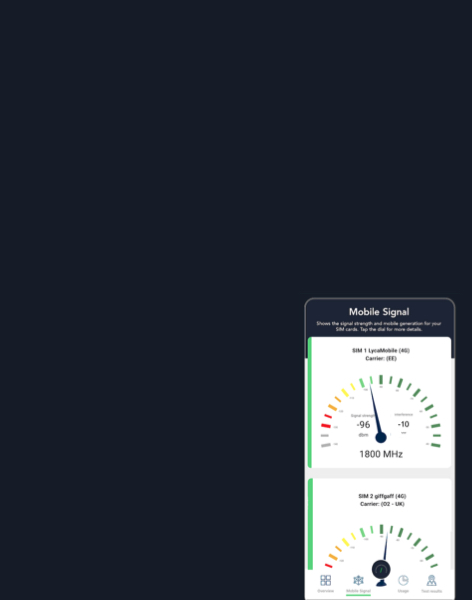Weekly Wrap: Satellite D2D firms pivot to hybrid spectrum strategies
Lynk announced this week that it would merge with competing satellite direct-to-device (D2D) provider Omnispace, with SES becoming a major stakeholder in the new company.
In its announcement, Lynk emphasised that it would benefit from Omnispace’s mobile satellite service (MSSMobile-satellite service (MSS) describes a…) licences.
Omnispace has national MSS licences in various countries in Latin America, Asia and Africa and also holds priority filings with the International Telecommunication UnionThe International Telecommunication U… (ITU).
Lynk’s decision to embrace satellite spectrum marks an end to its original ambition to rely solely on terrestrial mobile spectrum for its services. Since its founding in 2017, Lynk has sought to reuse mobile network operator (MNO) spectrum.
Initially, its competitors, AST SpaceMobile and Starlink, adopted the same approach. However, in recent years, both companies have pursued access to MSS spectrum assets. The most recent example is Starlink’s $17 billion purchase of EchoStar’s MSS spectrum licences.
Although Lynk is now embracing MSS spectrum, it is not giving up on terrestrial mobile spectrum. Instead, the company is hinting that it will pursue a hybrid spectrum strategy, which it calls a “multi-spectrum satellite technology platform”.
Why are all of these companies looking towards satellite spectrum? There are several reasons why they can’t rely on terrestrial mobile spectrum.
One issue is regulatory. Most countries do not allow MNOs to share their spectrum with a satellite operator. Their licences are for terrestrial only.
Although several countries, such as the UK and the US, have rushed to develop satellite D2D policy regimes that could enable the practice, many have not.
In some regions, such as Europe, it could take years before this is possible. In the meantime, the only way to access these markets is through MSS licences.
The other issue could be technical. In theory, using terrestrial spectrum allows you to connect to any “unmodified phones” by tricking these devices into thinking they are communicating with a normal base station. In reality, however, this has proven to be complicated, and in some cases requires manual device updates.
MNOs may have also shown some hesitation in committing chunks of their spectrum for satellite use. After all, spectrum is a precious asset for the mobile industry.
It’s still early days for satellite D2D, and regulators will have to keep an eye out for any changes in this fast-evolving market. As demand for MSS spectrum grows, they will need to consider how to assign licences. Could a spectrum auction be the answer, for instance?
Here’s what else we covered in PolicyTracker this week:
- French regulatory agency ANFR is using AI to predict interference to digital TV caused by atmospheric ducting.
- In an exclusive interview, Australia’s regulator ACMA defends its decision on the upper 6 GHz band after a backlash from mobile operators and Wi-Fi advocates.
- European standards body ETSIThe European Telecommunications Standards … is challenging Europe’s plan to reform the digital standards development process.
- French regulator Arcep is gauging interest in its MSS spectrum, licences for which are due to expire between 2027 and 2030. It says satellite direct-to-device could be a potential use case.
- Russian government ministries are discussing the potential use of the 3.6 GHz band for 5G.
